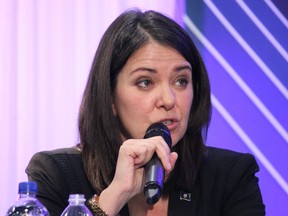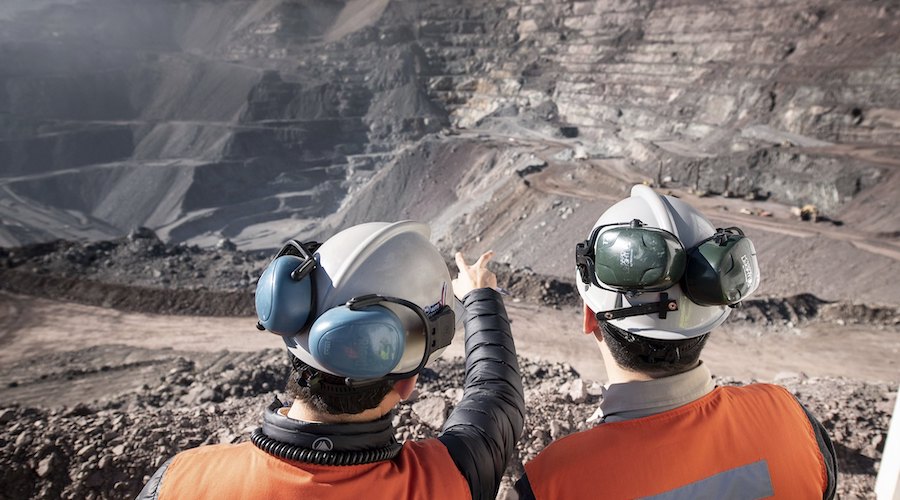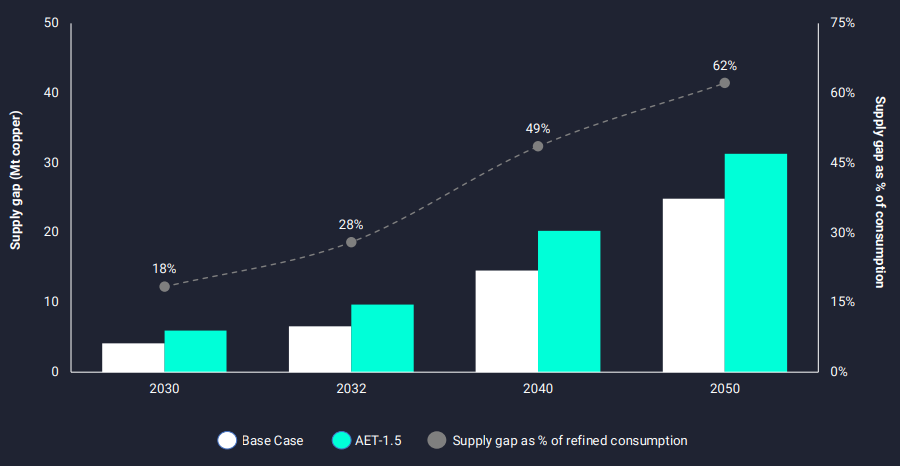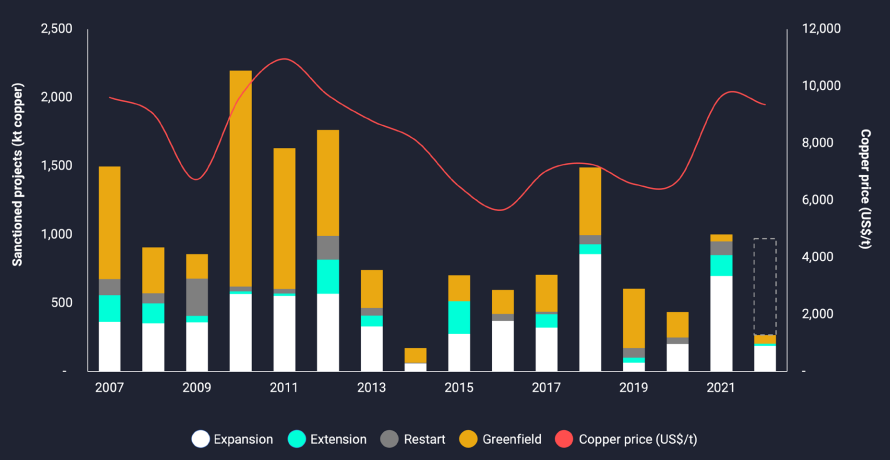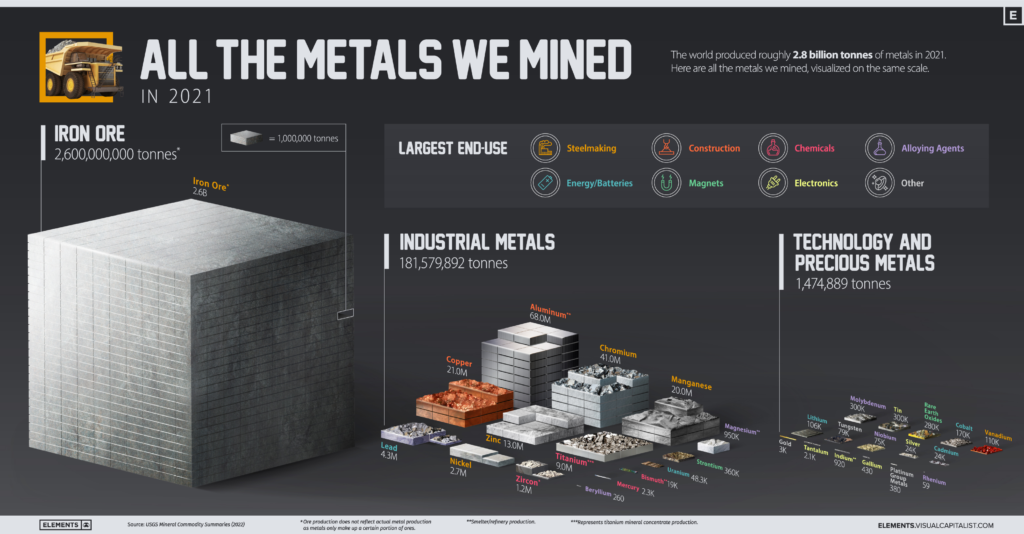In 2020, Elon Musk and SpaceX declined a US Army proposal to develop the tech for that purpose.
Researchers have succeeded in reverse-engineering the signals, MIT Technology Review reported.
After SpaceX declined to continue researching Starlink as a possible military alternative to GPS in 2020, a group of researchers found a way to do it without the help of Elon Musk — or his company that created the constellation of internet satellites.
For the past two years, Professor Todd Humphreys has led a group of researchers at the University of Texas in reverse-engineering signals from the satellite internet constellation with the hope of forming a new navigation system that would operate separately from the Global Positioning System and its European, Russian, and Chinese equivalents, MIT Technology Review reported.
In a non-peer-reviewed study, Humphreys claims the group has created a comprehensive characterization of Starlink's signals without breaking its encryption or accessing any user data coming from satellites.
"The Starlink system signal is a closely guarded secret," Humphreys told MIT Technology Review. "Even in our early discussions, when SpaceX was being more cooperative, they didn't reveal any of the signal structure to us. We had to start from scratch, building basically a little radio telescope to eavesdrop on their signals."
Related video: Elon Musk’s Starlink internet satellite units used by Ukraine face funding issuesDuration 2:42
Starting with a Starlink unit programmed to transmit high-definition YouTube videos of Spanish tennis player Rafael Nadal, the group began tracking the satellite's synchronization sequences and detected their patterns of transmission — about four sequences every millisecond. These sequences — repeating patterns of signals beamed down to Earth by the satellite — help receivers coordinate with them, leaving clues to the satellite's distance and velocity.
The earthbound receiver, using the timing of the signals received from the satellite and information publically available about its orbit, can then calculate the distance to the satellite and approximate a location within 30 meters, Humphreys told MIT Technology Review. With tweaking, the geolocating capabilities could become as accurate as GPS', which tends to be accurate to about 16 feet in commercial use.
The discovery, while a potential breakthrough for geolocation services, also revealed a possible security concern about Starlink signals — which are currently key to keeping Ukrainian communication services running as Russia has invaded the country — if used as a navigation system.
"Humphreys has done a big service to the navigation community identifying these sequences," Mark Psiaki, an aerospace professor at Virginia Tech and GPS expert told MIT Technology Review. "But any navigation system working on open-source sequences could definitely be spoofed, because everyone will know how to spot those signals and create fake ones."
Starlink has become such an integral part of wartime communications in Ukraine that recent outages were described as "catastrophic" by officials. Musk tweeted this week Russia is "actively working" to destroy the satellites, but Humphreys' discovery — that the signals are predictable and replicable — highlights the possibility for intentional disruption of Starlink.
"As time goes on and their dependence on Starlink deepens, Ukraine and its allies in the West are coming to appreciate that they have little control over Starlink and know little about it," Humphreys told MIT Technology Review. "But now many millions have a vested interest in Starlink security, including its resilience to jamming. Assessing that security starts with a clear understanding of the signal structure."
SpaceX, Musk, and Humphreys did not immediately respond to Insider's requests for comment.




